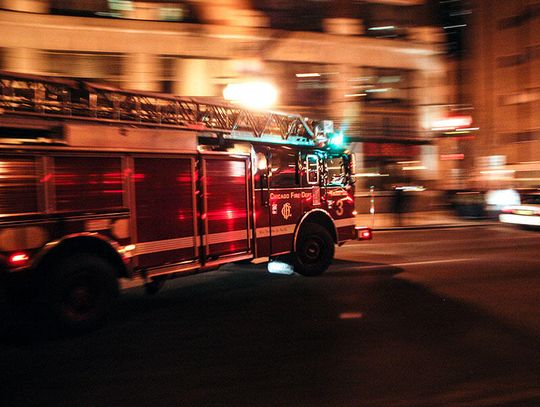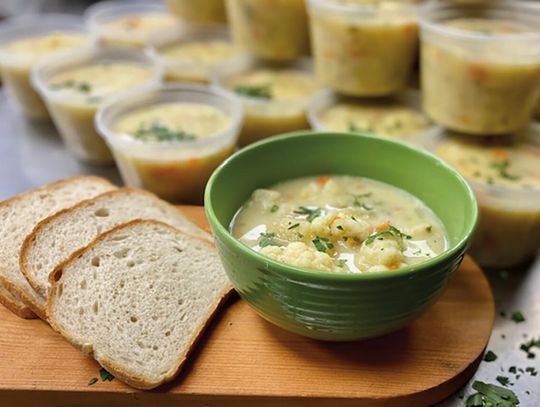Jan. 28 will mark the 30th anniversary of the Challenger disaster, when a space shuttle exploded shortly after liftoff, killing all seven crew members, including a school teacher. For Americans, it was one of those “where were you when” events, like the Kennedy assassination before it and 9/11 after. Communication professor Ned O’Gorman wanted to explore why these tragic events were packed with such symbolic meaning. The result was his recent book, “The Iconoclastic Imagination.” O’Gorman spoke about what he found with News Bureau social sciences editor Craig Chamberlain.
These events were tragic and shocking, and unfolded largely on TV. That might seem the reason we remember them the way we do. Where does the symbolism enter in?
Violence on TV is unfortunately all too common, even very violent, shocking violence. What made these moments different is that in addition to the brute violence, there was a symbolic dimension. Americans first saw a president, then a NASA space ship, and then the World Trade Center and Pentagon destroyed or heavily damaged. This symbolic dimension is part of why I call these events “iconoclastic.”
Centuries ago, iconoclasts were people who destroyed icons and other symbols in churches – they were symbol destroyers. Our “where were you when” events are like modern-day acts of iconoclasm. For the last 50 years, it seems that the most powerful experiences of American nationhood have been these moments when we collectively witness the violent destruction of great American symbols.
You study the Cold War, and in that context emphasize the important role of the U.S. space program. How does that help explain the particular impact of the Challenger explosion?
Ever since the Soviets shocked the world in launching the Sputnik satellite in 1957, space exploration was a very important symbolic battle in the Cold War. America did not have to send men to the moon, but it did, and for symbolic reasons – it would prove to the world America’s engineering ingenuity and courage, as well as assert its symbolic rights to space, where satellites and quite potentially missiles would need to fly.
In the 1980s, the space shuttle program had a major symbolic legacy to manage. What could top men on the moon? Perhaps a schoolteacher in orbit?
At the same time, the Reagan White House was interested in privatizing space exploration, turning it over to private corporations – something the United States is only now really coming into. In a certain sense, in wanting to privatize space travel, Reagan wanted to make space exploration “ordinary,” rather than the spectacular and highly symbolic stuff of the Apollo missions.
Both NASA and Reagan got their wishes when a teacher, Christa McAuliffe, was selected to travel on the Challenger voyage. She became a symbol of the future of space. However, her presence on the Challenger made its destruction so much more traumatic for the nation.
Despite the shocking destruction of 9/11, you suggest that those attacks didn’t have the same symbolic impact of earlier events, or that the al-Qaida planners intended. How so?
9/11 had tremendous impact, but it is clear that al-Qaida meant for 9/11 to be a symbolic statement as much as an act of mass destruction. They deliberately targeted three primary symbols of American global power: The World Trade Center towers represented American economic power, the Pentagon represented American military power, and the White House, one of the original targets, represented American political power. This was so obvious.
What is striking about the live television coverage of the 9/11 attacks – and I have studied it closely – is that television anchors felt they had to explain this symbolism to their American audience. For me, for example, the World Trade Center towers were just the tallest buildings in New York City, not great symbols of global American economic power. And while I understood the symbolism of the Pentagon, the Pentagon is not a building I grew up with thinking of as a shrine to American global military power.
The point is that these sites were profound symbols of American power to much of the rest of the world. Yet, their symbolic significance needed explaining to many Americans, as did, in fact, the far reach of American global power. In my book, I suggest that all this needed explaining in part for historical reasons: In the Cold War, Americans lost their taste for great symbols and monuments. They seemed fascist, communist or otherwise totalitarian.
So what are we missing in our loss of symbols? What importance do they have in a democracy?
Every political culture depends on symbols and on symbolic representations of power – you can’t escape it. Just think of the Roman Forum, or of medieval castles and cathedrals, or more recently of flags or images of great leaders in city squares. Democracies need symbols too. They are one important means by which we imagine ourselves as a people joined together in a common venture as fellow citizens.
However, one very unique feature of democracies is that our symbols are not only a means of unity, but of debate, discussion, differences and, sometimes, loud and even violent protests. We use our symbols to energize public debate and even to accentuate our differences.
So democracies need symbols for two reasons: to unify us, but also to divide us – all with the democratic hope that our divisions and differences will, in the end, help form, as the preamble to the Constitution says, “a more perfect union.”
[email protected]
UofI Today's News
The shock of Challenger, 30 years later: A Minute With communication professor Ned O’Gorman
- 01/17/2016 08:47 PM
Reklama









